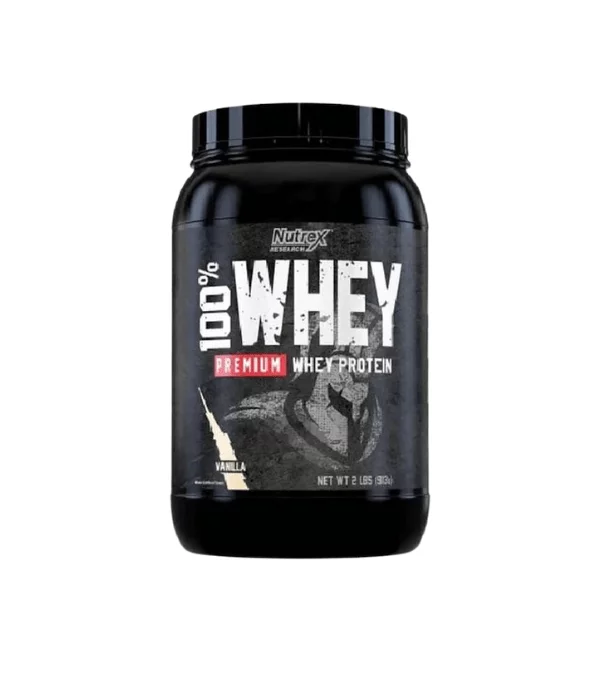Whey protein, a staple in the fitness and health industry, is lauded for its high-quality protein content and versatility. Nonetheless, the broad range of costs available to consumers frequently leaves them perplexed. Examining the elements of quality, brand reputation, and market trends is necessary to comprehend why whey protein costs differ. The cost can also be greatly impacted by the manufacturing process, the whey’s source, and the inclusion of additional components or flavorings. To ensure their products are free of impurities, several firms spend on thorough testing and quality assurance, which can also raise the cost of the goods. As a resident of Pakistan, if you are looking for sports nutrition in Pakistan, SPORTS ONE is the suitable option for you. They provide premium weight-gainer protein in Pakistan. Here in this blog, we will discuss why whey protein prices vary and understand quality, brands, and market trends.
Quality of Whey Protein
Quality is the main element affecting the cost of whey protein. Before becoming a supplement that can be purchased from shop cabinets, whey protein is extracted from milk and goes through several processing steps. The price is significantly influenced by the product’s protein content and purity.
- Protein Content: Three common kinds of whey protein are available: hydrolysate, isolate and concentrate. The concentrate is the least priced and usually contains 70–80% protein. With a protein level of about 90%, isolate is more expensive since more processing is needed to get rid of the lactose and lipids. Because it undergoes considerable processing, hydrolysate is frequently the most expensive option. It is pre-digested for quicker absorption.
- Source of Milk: It is also important to consider the quality of the milk used to make whey. Whey protein may cost more when it comes from cows raised on grass since their milk has a superior nutritional profile. Due to stricter cultivation procedures, organic whey is also more expensive. It is devoid of hormones and antibiotics.
- Ingredients and Flavorings: The cost can be increased by using premium flavors and adding extra nutrients, including vitamins, minerals, and BCAAs (branched-chain amino acids). While artificial sweeteners and chemicals can save on expenses, health-conscious consumers might not find them appealing.
Brand Reputation
Whey protein cost is highly influenced by brand reputation. Well-known companies with a track record of dependability and quality can have higher prices. Reputable brands tend to have higher prices due to several factors:
- Research and Development: Prominent companies make significant research and development investments to guarantee that their products fulfill strict requirements for safety and effectiveness. The pricing reflects this investment.
- Third-Party Testing: Companies that let outside parties test their goods for potency, purity, and safety frequently charge extra for them. Although they increase the overall cost, these tests reassure customers about the product’s quality.
- Marketing and Packaging: Well-known companies invest a lot of money in marketing and eye-catching packaging to draw in customers. This increases the product price while increasing brand visibility and confidence.
Market Trends
Market trends and economic factors also play a role in the variability of whey protein prices. Understanding these trends can help consumers make informed purchasing decisions.
- Supply Chain Dynamics: Whey protein prices are affected by changes in the cost of transportation, raw materials, and production methods, which are all influenced by the state of the economy. For example, costs may increase as a result of supply chain interruptions or price increases for dairy products.
- Consumer Demand: Prices for whey protein may rise due to increased demand, particularly in the wake of fitness and wellness trends. The market adjusts to match the growing demand for high-protein diets from health-conscious consumers, which frequently results in increased prices.
- Global Market Influence: Due to the worldwide nature of the whey protein business, prices may be impacted by tariffs, exchange rates, and international trade rules. Trade agreements and import laws between nations can affect how much whey protein products cost.
In the end
Several variables, such as market trends, brand reputation, and quality, affect the cost of whey protein. When buying whey protein, consumers should weigh their unique requirements and preferences against the cost, desired quality, and brand credibility. Customers may make better decisions and get the most out of their investment in their journey toward health and fitness by being aware of these variables. To know Whey Protein Powder Prices in Pakistan, you can scroll or visit their website.

Leave a Reply
You must be logged in to post a comment.